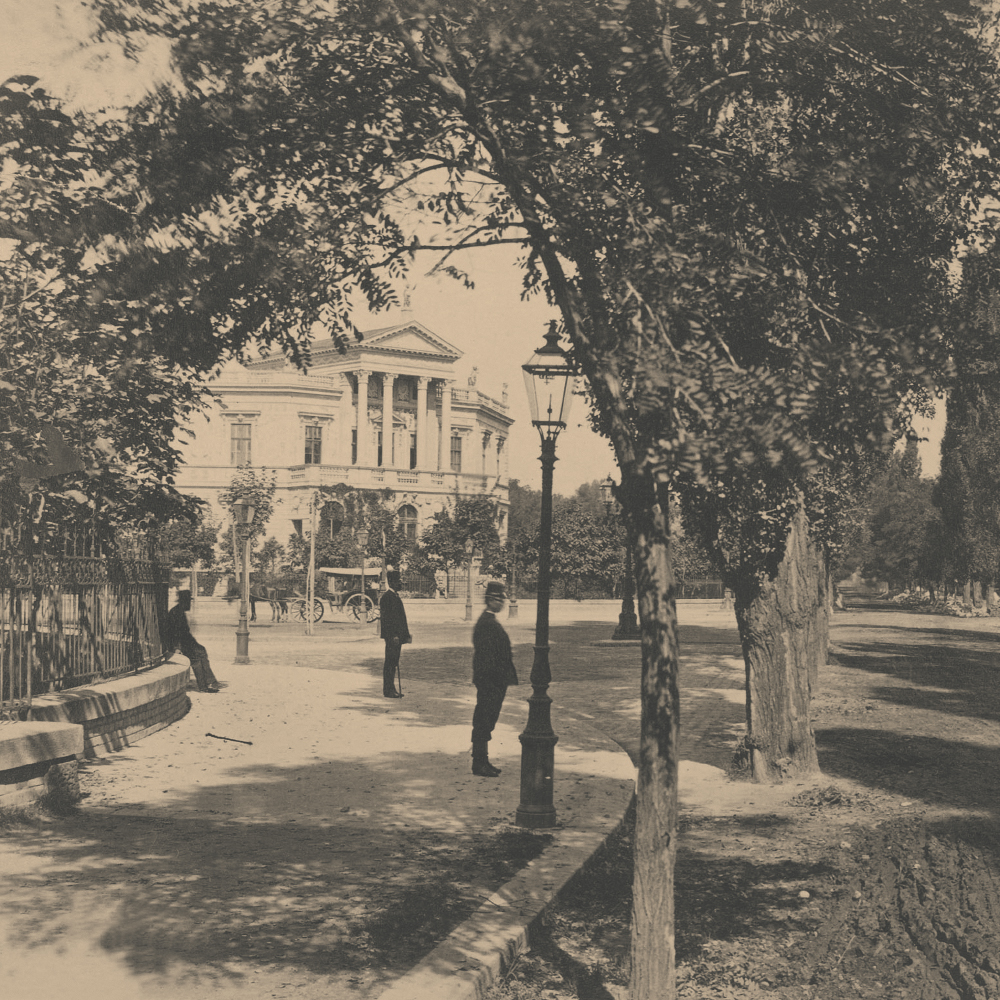
By the second half of the 19th century, the continuously developing Pest was regarded as a political and economic centre of Hungary. One of the main recreational locations of the citizenry was the City Park, which could be approached via the narrow and crowded King Street.
The design for the Avenue, connecting the city centre and the City Park, was proposed by Ferenc Reitter. The project, aided by Prime Minister Gyula Andrássy, not only eased the traffic by connecting the downtown to the suburbs, but also contributed to Budapest being mentioned as one of the modern European metropolises.
To oversee the engineering firms and to manage the financial tasks, the Council of Public Works was established, led by Baron Frigyes Podmaniczky. The project submitted by the Council (road length: 1218 fathoms, approx. 2320 m) and the budget was accepted after debates by the government and signed by Francis Joseph I on 26 December 1870.
Famous architects like Miklós Ybl and István Linzbauer were asked to create draft plans for some of the buildings. Podmaniczky, who played a major role in the development of Budapest, was fond of parks, promenades and afforestation. Called the “Checkered Baron” because of his distinctive style, Podmaniczky made great efforts to attract the wealthy to the Avenue. The properties were sold off to different members of the aristocracy, who built mansions on the roadsides. Wealthy citizens also realized the potential in promenading through the Avenue and showing off their up-to-date clothing and style. Frigyes Podmaniczky also paid attention to move in artists along the road. They were offered apartments at a discount rate. When the elegant avenue was completed alongside with the neo-renaissance mansions, it became such a spectacle in the Hungarian capital having no match even in Vienna, the centre of the Austro-Hungarian Empire.











